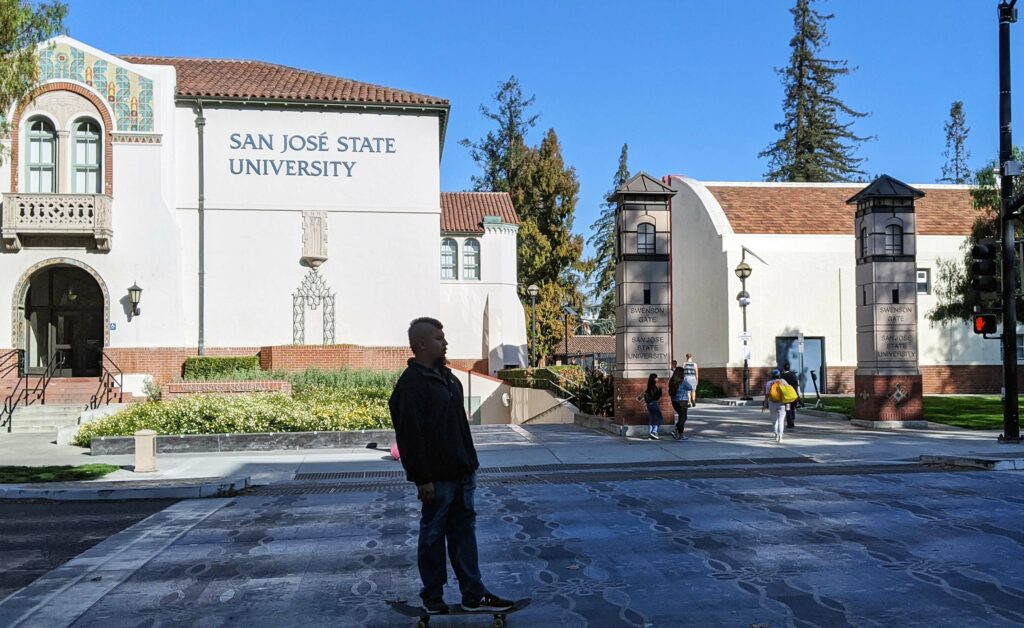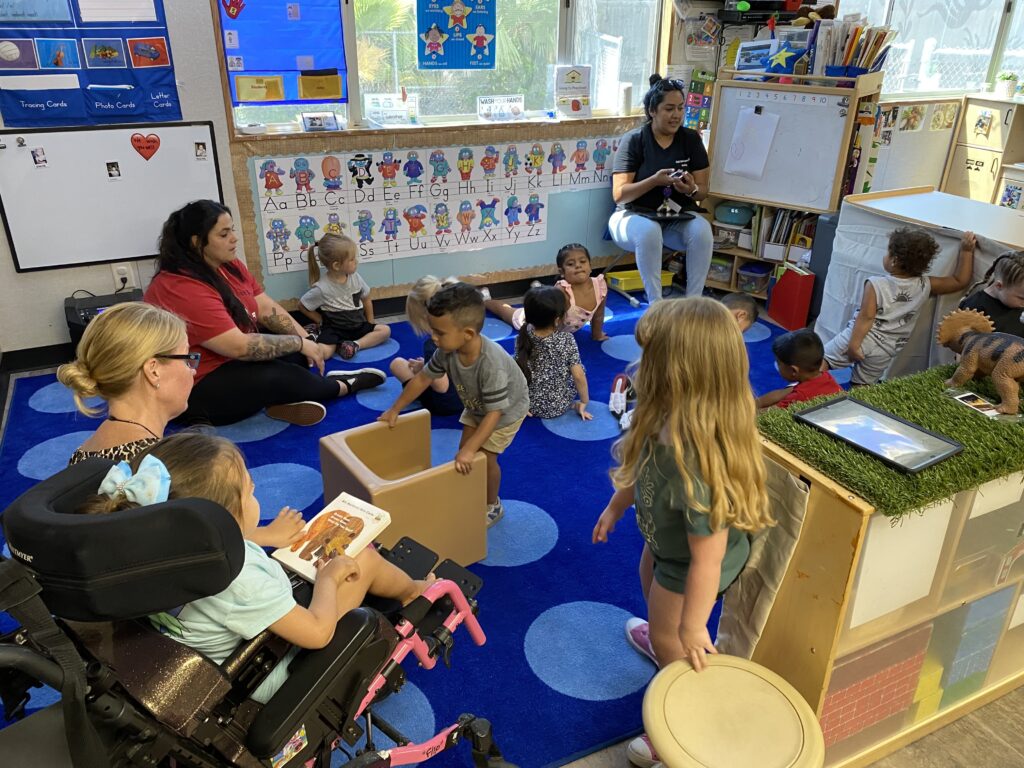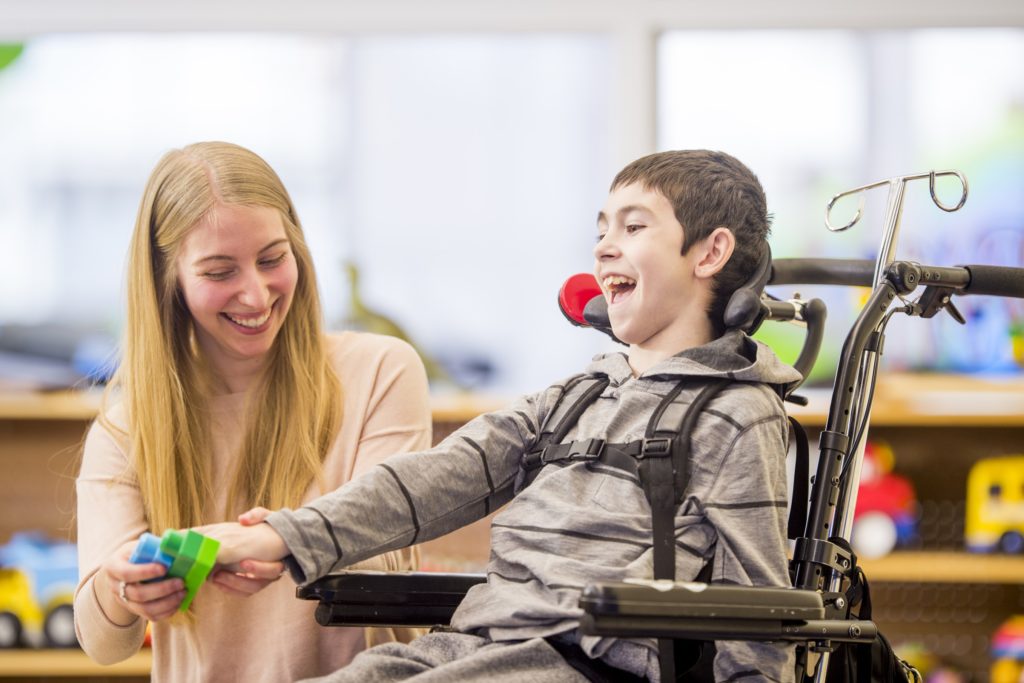
San José State University
Credit: Andrew Reed / EdSource
On Oct. 10, Gov. Gavin Newsom signed into law AB 447, which authorizes public higher education in California to provide educationally equitable environments that give each Californian, regardless of age, economic circumstance or certain specified characteristics, including mental disability, a reasonable opportunity to develop fully their potential, thereby opening the gates to inclusive higher education settings.
In an increasingly interconnected world, diversity cannot remain a mere buzzword; it is a fundamental prerequisite for progress. Our society’s vibrancy is shaped by the myriad of experiences and backgrounds that its citizens contribute. While the inclusion of students with disabilities in K-12 education has been widely discussed (Agran et al., 2020) and legally mandated (IDEA) to some extent, extending this discussion to higher education is imperative. We need to adopt a more inclusive vision of higher education by wholeheartedly welcoming students with intellectual disabilities into four-year colleges.
Inclusion is both a moral imperative and a powerful catalyst for progress. All individuals deserve the opportunity to access higher education, regardless of their abilities. This is not only about fairness; it is about recognizing the untapped potential of those who have been absent in higher education spaces for too long. When the barriers to educational opportunities are removed, students with intellectual and developmental disabilities can share their creativity, passion and unique perspectives, enriching the entire academic community.
Inclusive education is a win-win situation. Including students with intellectual and developmental disabilities not only transforms their lives, but also the lives of everyone around them. These students bring fresh perspectives, challenge preconceived stereotypes and promote a culture of inclusivity, as depicted powerfully in the film “Rethinking College.” Inclusive education is not about charity; it’s about mutual benefit.
Furthermore, the benefits of inclusive higher education ripple far beyond the campus borders. Graduates with intellectual disabilities stand a greater chance of securing meaningful employment and embracing independent lives, thus alleviating the strain on social support systems. Inclusivity can become the cornerstone for reinforcing our economy and creating a more prosperous society.
Critics may argue that inclusive education is costly and challenging to implement, but the benefits far outweigh the investment. True, universities have to make accommodations for students with intellectual and developmental disabilities so that they receive the support they need to succeed. However, this investment has multiple payoffs in promoting independence for students with disabilities, enriching educational experiences for all students on the campus, and in shaping compassionate, understanding and open-minded graduates who will become tomorrow’s leaders.
Inclusive higher education is not uncharted territory. Over 300 colleges and universities across United States (Pacer) have already taken significant steps in this direction. They have demonstrated that with the right support and a commitment to diversity, students with intellectual or developmental disabilities can perform very well. In fact, according to the Think College Reports for 2020–2021, in federally funded grants supporting these inclusive efforts, 31% of the students were successfully placed in paid employment. Remarkably, of these employed students, 50% had never previously held a paid job before entering the program. However, these endeavors have not been without challenges, and the experiences of these universities can offer valuable insights into the essential elements required for successful inclusion. For example, at San Jose State University, where I am involved in an inclusive college program (SPARTANS OCLS), a survey conducted by researcher Jihyun Lee showed that all faculty members who completed the survey were open to having students with intellectual disabilities in their classes. However, over half of them expressed uncertainty regarding their preparedness to meet the needs of students with intellectual or developmental disabilities. Additionally, we’ve encountered difficulties in recruiting peer mentors for our participants and securing placements in classes aligned with their expressed interests.
Learning from the experiences of the existing program, successful inclusion requires at the minimum:
- Access to resources to create accessible campus facilities, develop specialized academic programs, and provide support service.
- Training for faculty and staff to understand better the needs and challenges of students with intellectual disabilities.
- Peer mentorship programs to facilitate the integration of students with intellectual disabilities into the campus community.
- Successful collaboration with universities, parent organizations and government agencies.
- On-campus internships for students to gain practical experience, develop vital work and social skills and prepare for their future careers.
It is high time that we recognize the immense potential within every individual and acknowledge that diversity enriches our lives, communities and institutions of higher learning. Inclusive four-year colleges are not just a vision; they are a necessity. Now is the time to take this bold step toward progress, embrace diversity and remove the barriers for students with intellectual disabilities to get into higher education.
●●●
Sudha Krishnan is an assistant professor at San Jose State University, Department of Special Education, Lurie College of Education and a Public Voice Fellow with the OpEd Project.
The opinions in this commentary are those of the author. If you would like to submit a commentary, please review our guidelines and contact us.






